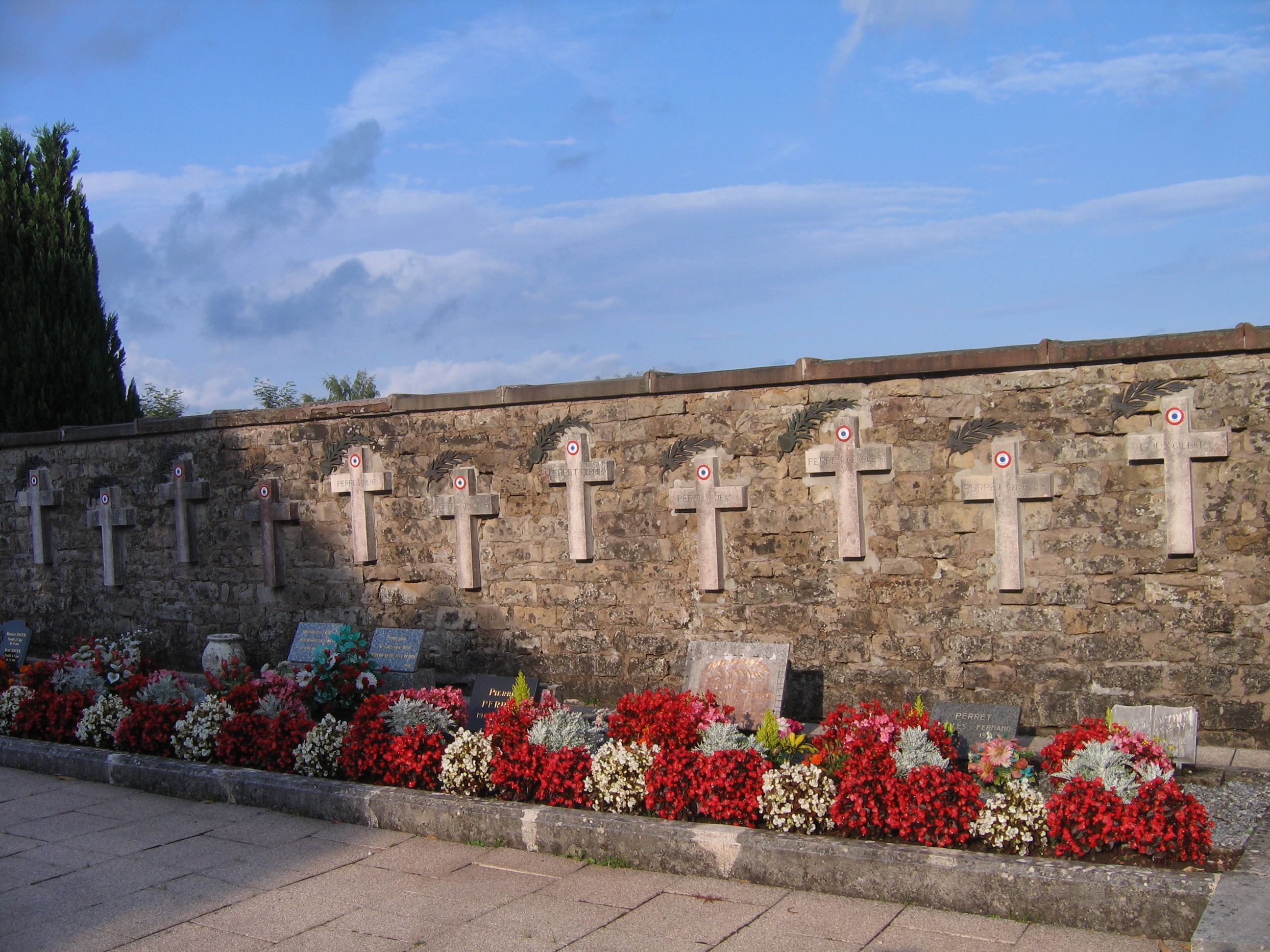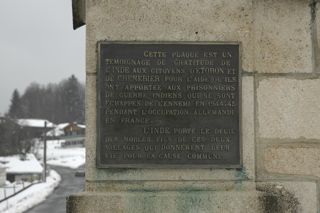The Quiet Franche-Comté
During the “quiet years” of the occupation of France by Germany, village life was much like it had been in the previous century. Rationing of petroleum and food meant that rural families provided much of what they needed themselves. Horses and oxen provided most of the transportation and pulled plows and farm wagons. Blacksmiths were a necessary part of rural life. Only a few 20th century inventions touched the villages, most notably the radio and the telephone. In keeping with four hundred years of tradition, the villages of the northern Franche-Comté were Protestant, specifically Lutheran. Most had only one church building, at the center of the village, and the pastor was a public figure of equal stature with the mayor. As the mayor was the political leader, the pastor was the moral and spiritual leader of the community.
Pastor Marlier had been serving the Etobon-Chenebier parish for several years, and he and his wife were beginning a family: son Michel was born in February 1944. The youth and the older Etobonais all admired their Pastor. He was well-educated, a natural leader, and could even speak and write a little English. He baptized the infants, confirmed the young, visited the sick and buried the dead. He made sure the parish kept functioning even during the occupation. Mme. Marlier worked with the women to organize parish dinners and festivals. Her neighbors Jeanne Perret and Lucie Goux, who lived up the road, could always be counted on to bring a tarte aux fruits or a gateau de fête to any parish gathering. Most of the adults in Etobon had grown up in the shadow of the church steeple. The village looked to Pastor and Mme. Marlier to help them through those difficult years.

 Katherine Douglass
Katherine Douglass
